Hans-Georg Luigs
High-throughput Phenotyping of Nematode Cysts
Oct 13, 2021
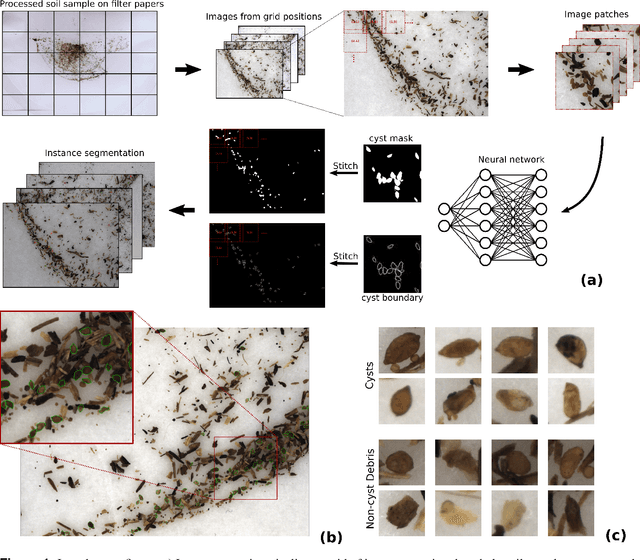
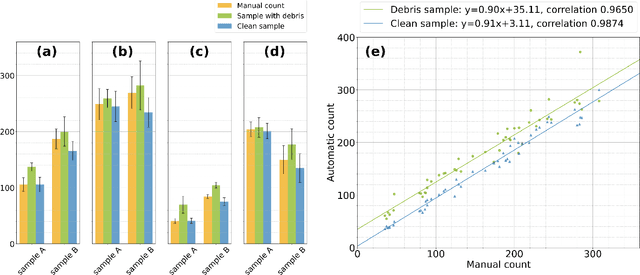

Abstract:The beet cyst nematode (BCN) Heterodera schachtii is a plant pest responsible for crop loss on a global scale. Here, we introduce a high-throughput system based on computer vision that allows quantifying BCN infestation and characterizing nematode cysts through phenotyping. After recording microscopic images of soil extracts in a standardized setting, an instance segmentation algorithm serves to detect nematode cysts in these samples. Going beyond fast and precise cyst counting, the image-based approach enables quantification of cyst density and phenotyping of morphological features of cysts under different conditions, providing the basis for high-throughput applications in agriculture and plant breeding research.
A CNN Framenwork Based on Line Annotations for Detecting Nematodes in Microscopic Images
Apr 21, 2020


Abstract:Plant parasitic nematodes cause damage to crop plants on a global scale. Robust detection on image data is a prerequisite for monitoring such nematodes, as well as for many biological studies involving the nematode C. elegans, a common model organism. Here, we propose a framework for detecting worm-shaped objects in microscopic images that is based on convolutional neural networks (CNNs). We annotate nematodes with curved lines along the body, which is more suitable for worm-shaped objects than bounding boxes. The trained model predicts worm skeletons and body endpoints. The endpoints serve to untangle the skeletons from which segmentation masks are reconstructed by estimating the body width at each location along the skeleton. With light-weight backbone networks, we achieve 75.85 % precision, 73.02 % recall on a potato cyst nematode data set and 84.20 % precision, 85.63 % recall on a public C. elegans data set.
Right for the Wrong Scientific Reasons: Revising Deep Networks by Interacting with their Explanations
Jan 31, 2020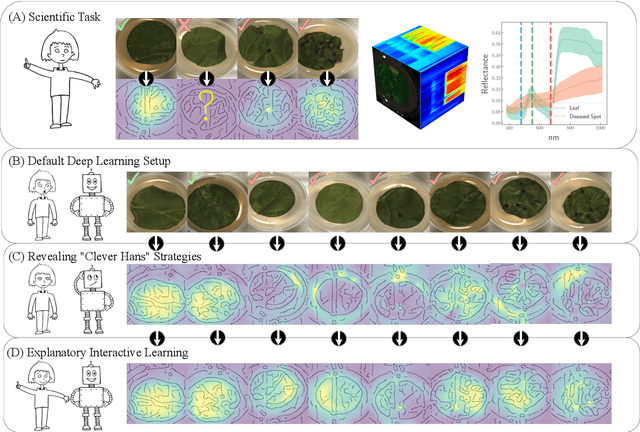

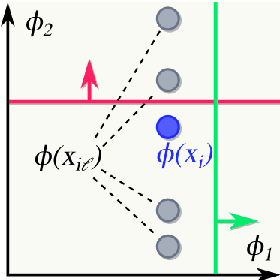
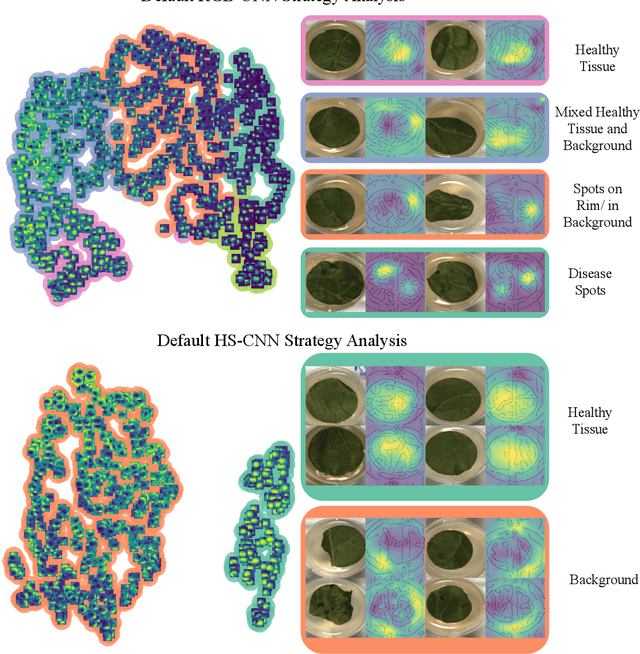
Abstract:Deep neural networks have shown excellent performances in many real-world applications. Unfortunately, they may show "Clever Hans"-like behavior---making use of confounding factors within datasets---to achieve high performance. In this work we introduce the novel learning setting of "explanatory interactive learning" (XIL) and illustrate its benefits on a plant phenotyping research task. XIL adds the scientist into the training loop such that she interactively revises the original model via providing feedback on its explanations. Our experimental results demonstrate that XIL can help avoiding Clever Hans moments in machine learning and encourages (or discourages, if appropriate) trust into the underlying model.
 Add to Chrome
Add to Chrome Add to Firefox
Add to Firefox Add to Edge
Add to Edge